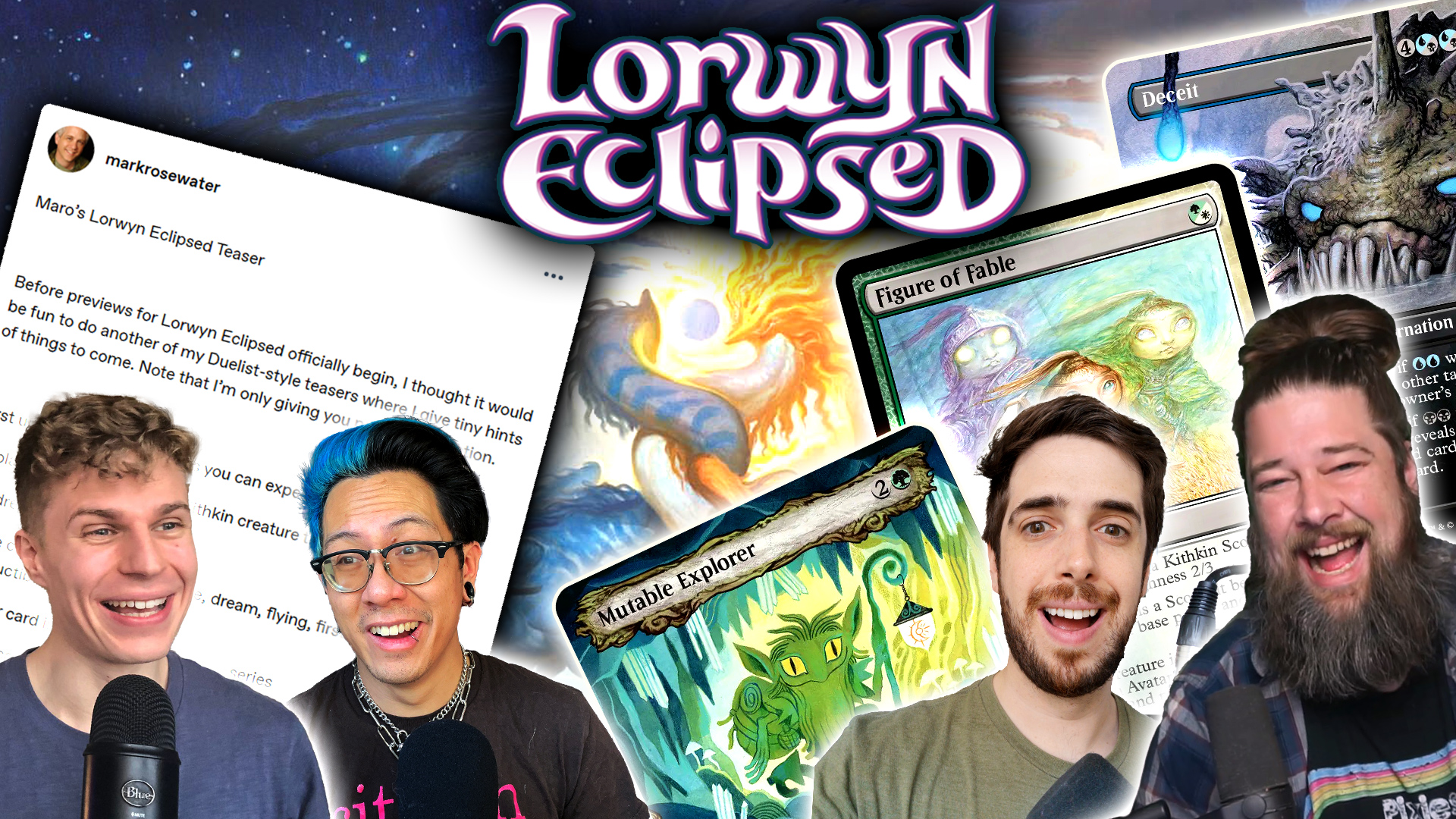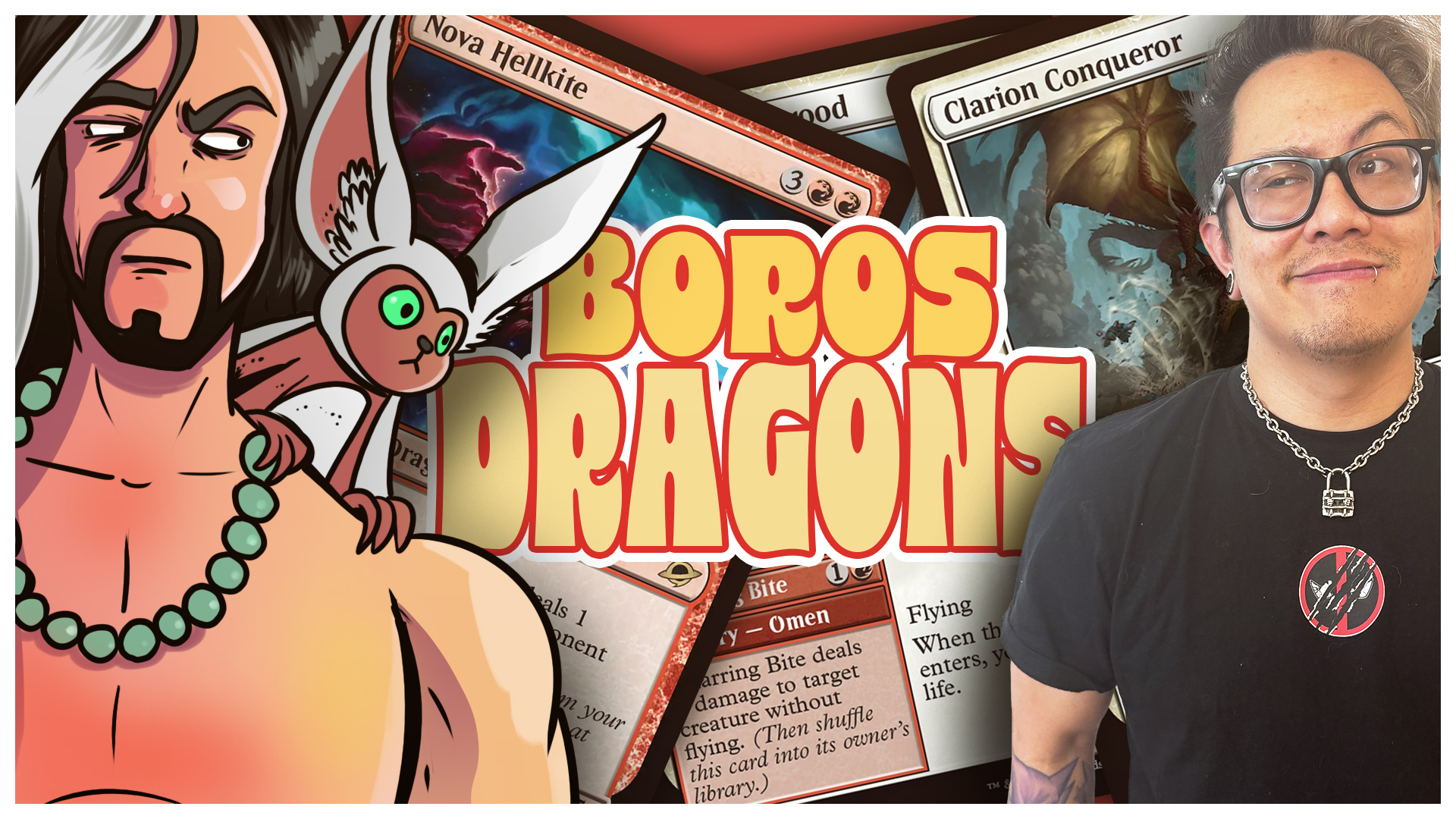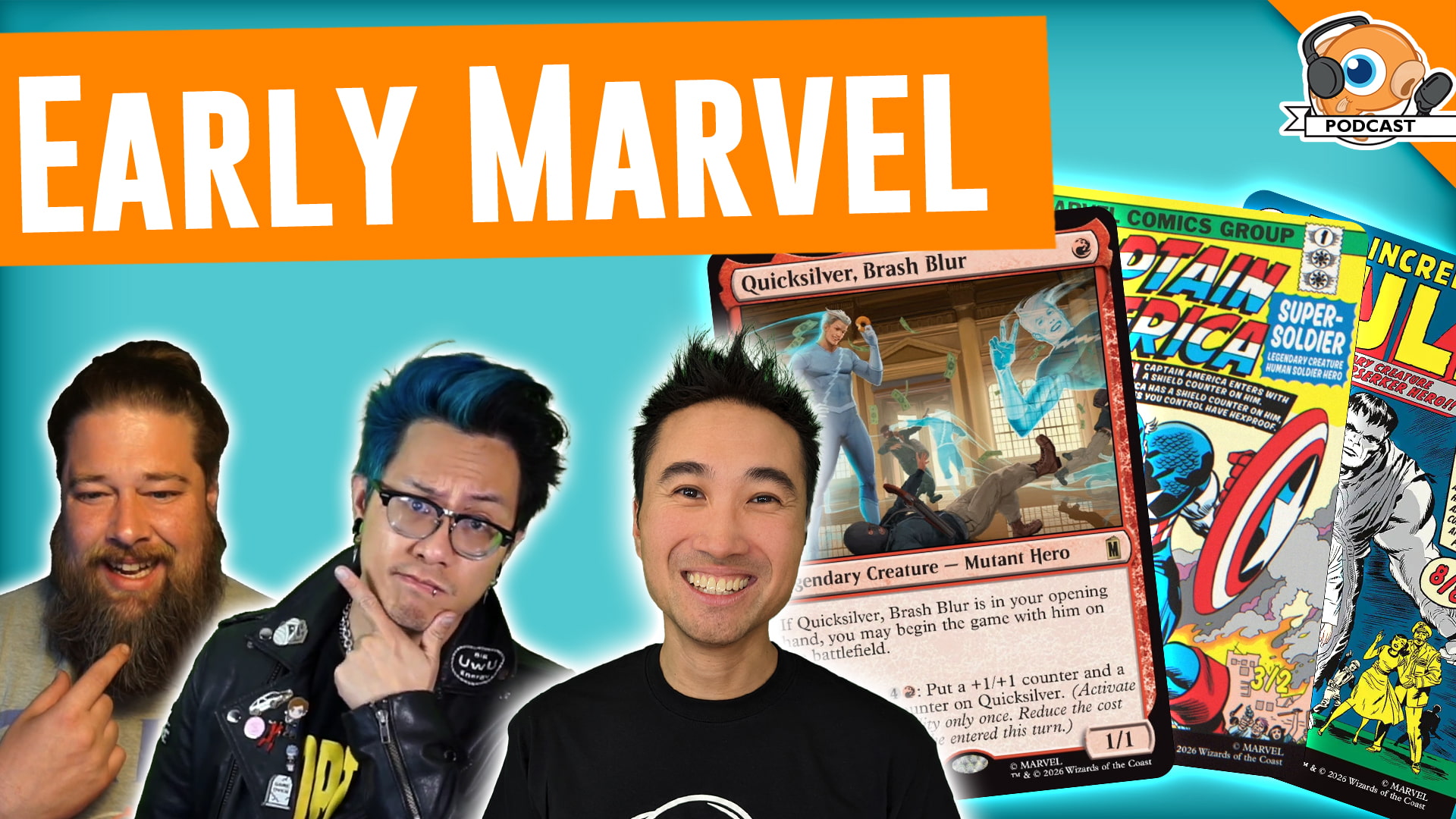Are the Pioneer Challenger Decks Worth Buying?
Last week, during its huge 2022 product announcement stream, Wizards revealed that we'll be getting four Pioneer Challenger Decks in October. We've been getting Challenger Decks for Standard for a few years now, and they generally have been good options for players who are looking for a semi-competitive options right out of the box, with further upgrade potential to a top-tier list. Does this hold true for a non-rotating format like Pioneer? How competitive are the decks right out of the box, and how much additional investment will it take to turn them into legitimate tier lists? That's our topic for today.
Before jumping into the decklists, one quick note: we currently don't know how much the Pioneer Challenger Decks will cost. Looking at the value of the cards in the decks, pricing them similar to the Standard versions (somewhere between $20 and $30) seems fair, although I wouldn't be surprised if the Pioneer edition were to cost more, based on the justification that the format doesn't rotate and you'll be able to keep using the cards and the decks for a longer time period. There have been tiny numbers of early presales posted on the Ynternet in the $50–60 range, but I think this likely is a case of cunning vendors trying to take advantage of being the first to list the product by getting an unreasonably high price. If I were to guess, I'd say that the decks might cost somewhere around $40 when they finally are offered for sale, although this is purely speculation, and I'm hoping that it could be even less.
Azorius Spirits
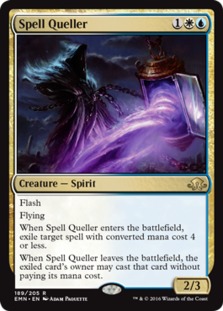
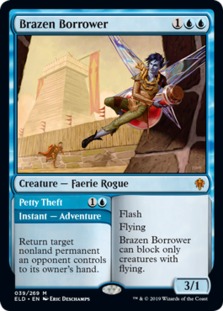

- Money Cards ($5+): Glacial Fortress (x2), Spell Queller (x2), Selfless Spirit, and Brazen Borrower
- Pioneer Tier: 2 (although Bant Spirits is more popular than Azorius Spirits)
- Estimated Cost to Upgrade to the Optimal Build: $120

For our first deck, we have Azorius Spirits. Currently, Spirits is a solid second-tier option in Pioneer, coming in just outside the 10 most played decks in the format, making up about 3.2% of the meta, which is good news. Fully upgraded, Azorius Spirits is a competitive deck that you could certainly have success with in tournaments. However, there is some bad news: While Azorius Spirits is a build of Spirits that occasionally has tournament success, the most popular build of Spirits is Bant Spirits, which splashes into green for Collected Company. While upgrading the Challenger Deck to the best version of Azorius Spirits doesn't seem super difficult, upgrading into Bant is going to be expensive. Take a look at the Azorius Spirits list that Traft recently used to finish Top 16 in an MTGO Challenge:

The creature bases of the two decks are actually pretty similar. To upgrade from the Challenger Deck to the tier build, you'll need two more Spell Quellers, two more Mausoleum Wanderers, a Shacklegeist (no idea why Wizards didn't include the full four copies, considering it's a bulk rare), and a Brazen Borrower. Buying these cards as singles will set you back a little less than $40, with more than half of that going toward the extra Brazen Borrower, which currently is $20. It's also worth mentioning that if you snag two copies of the Challenger Deck, you'll get all of the creatures you need to build the tier version of the deck, which might be the way to go, depending on how much the Challenger Deck sells for.
The biggest issue is the mana. The mana in the Challenger Deck is functional-ish but is super far from optimal. There are only six dual lands in the deck, with one being the enters-the-battlefield-tapped Temple of Enlightenment, which you really can't afford to play in an aggressive deck like Spirits, which wants to curve out. To upgrade the mana, you'll need a playset of Hallowed Fountain (just under $40) and a playset of Hengegate Pathway (about $20). Traft's build also plays two Mana Confluences, although I don't think those are 100% necessary, especially at their current price of $22.50 each. If there's good news about the Spirit mana base, it's that if you've been playing Standard for the past couple of years, you might already have these lands in your collection. And if you don't, you can always slowly upgrade the deck land by land as you add them to your collection, after starting out with the budget mana base that comes with the precon.

Upgrading to Bant Spirits is way more expensive. While the creatures mostly are the same, you'll need $70 for a playset of Collected Company (the one green card in the main deck). And to be able to cast Collected Company, you'll need a bunch more dual lands, like Temple Garden, Branchloft Pathway, Botanical Sanctum, and Barkchannel Pathway. Sadly, one of the cards that gets cut to make room for Collected Company is Brazen Borrower, and that's the single most expensive card you'll get in the Challenger Deck. You also won't get to take advantage of either of the dual lands in the Challenger Deck if you go the Bant direction.
All in all, this means that the Challenger Deck is a solid deal if you're interested in playing Azorius Spirits in Pioneer. You'll get a playable budget version of the deck immediately, the fully upgraded version of the deck will use pretty much all of the cards from the precon, and you can upgrade to the best possible version of the deck for less than $100 (and significantly less if you already have some of the more expensive dual lands). On the other hand, if your end game is to build Bant Spirits (which is the most popular Spirits build in Pioneer), the Challenger Deck doesn't really offer that much value, to the point where you would probably be better off just building the deck from scratch, rather than starting with the Challenger Deck as a base.
Lotus Field Combo


- Money Cards ($5+): Lotus Field (x4) and Omniscience
- Pioneer Tier: 1.5
- Estimated Cost to Upgrade to the Optimal Build: $60

Lotus Field Combo, also know as Hidden Strings, is the best of the Pioneer Challenger Decks in a lot of ways. It's currently the ninth most played deck in the format and has bounced between tier one and tier two for the past year or so. In its optimal form, it's a deck that can win big tournaments. Outside of needing a few more dual lands, the Challenger Deck actually is surprisingly close to the optimal build of the deck. While the sideboard does need some work, this isn't especially surprising since sideboards change constantly in response to the meta. The version that comes with the precon isn't bad; it's just outdated. Plus, the sideboard comes with an Omniscience, which has fallen out of favor in Lotus Field Combo, and the enchantment is currently worth more than $20, making it a good option to sell or trade away to get the lands and other sideboard cards you need for the optimal build (see below):

If you start with the Challenger Deck build of Lotus Field Combo, to upgrade fully to the build Phill_Hellmuth recently used to win a Pioneer challenge, you'll need a playset of Botanical Sanctum ($26), a few other random lands (about $15), and some new sideboard cards, although most of them are fairly cheap, with the most expensive being a $10 Alpine Moon and a $6 Jace, Wielder of Mysteries. You should be able to turn the Challenger Deck into the tier build of the deck for somewhere around $60. And this doesn't include the $20 Omniscience you'll end up with thanks to the Challenger Deck.
The only drawback of the Lotus Field Combo Challenger Deck is that Lotus Field Combo itself is really weird. It's pretty close to a Storm-style combo deck (without any actual Storm cards) where you are mostly looking to survive long enough to have a big turn where you make tons of mana by tapping and untapping Lotus Field with Hidden Strings, draw your deck with Peer into the Abyss, and eventually win by tutoring a finisher from the sideboard with Fae of Wishes. Lotus Field Combo might not be for you if you're a fan of fairer games of Magic where you interact with your opponent and attack with creatures, even if it is perhaps the best Challenger Deck out of the box by most measures. On the other hand, if you enjoy playing combo decks or simply want the most optimized, cheapest-to-upgrade Pioneer Challenger Deck regardless of the play style, the deck is a great buy and a good way to get a top-tier Pioneer deck on the cheap.
Mono-Red Burn


- Money Cards: Soul-Scar Mage (x4) and Chandra, Torch of Defiance
- Pioneer Tier: 1.5 (for Boros Burn), ???? (for Mono-Red Burn; all of the top-performing lists are Boros)
- Estimated Cost to Upgrade to the Optimal Build: $160 (to upgrade to Boros Burn)

Even though Burn is an iconic budget archetype, the Mono-Red Burn Challenger Deck very likely is the worst of the Pioneer Challenger Deck series. While Burn is a top-tier Pioneer archetype (the seventh most played deck in the format), the optimal versions of Burn are all Boros, while the Challenger Deck is mono-red, which means the cost to upgrading into the tier version of the deck is significant, mostly because you are going to need untapped dual lands like Inspiring Vantage ($30 a playset) and Sacred Foundry ($77 a playset). The Challenger Deck is also missing one of the most important creatures in Pioneer Burn in Eidolon of the Great Revel ($40 a playset), replacing it with Bonecrusher Giant—which is a great card but not a card that Pioneer Burn typically uses.

The one redeeming quality of the Burn Challenger Deck is that you do get playsets of Soul-Scar Mage and Monastery Swiftspear along with a bunch of inexpensive but playable burn cards like Wild Slash, Light Up the Stage, Ghitu Lavarunner, and Viashino Pyromancer, all of which would go toward building the top-tier version of the deck. Considering the value of some of these cards, if your goal is to build tier Boros Burn, it still might be worth picking up the precon just to get cards like Soul-Scar Mage and Monastery Swiftspear at a discount, depending on the price. But in general, I don't think that the Burn precon is really worth upgrading since it's missing so many expensive key cards. The good news is that even though it isn't the best version of Burn in Pioneer, Mono-Red Burn is still a legitimate budget option, so if you don't really care about trying to upgrade into a top-tier deck, it seems like a solid option to run straight out of the box. Missing Eidolon of the Great Revel hurts, but otherwise, the list looks like it should be fairly competitive without any upgrades. Basically, the Burn Challenger Deck is a high-floor (strong out of the box), low-ceiling (limited upgrade potential without spending a lot of money) option.
Orzhov Auras



- Money Cards: Lurrus of the Dream-Den, Concealed Courtyard (x4), and Thoughtseize
- Pioneer Tier: 3 (currently; has been tier one in the semi-recent past)
- Estimated Cost to Upgrade to the Optimal Build: $80

The Orzhov Auras Pioneer Challenger Deck suffers a bit from the inherent delay in designing and releasing Magic products. It's likely that Wizards designed the Pioneer Challenger Decks somewhere between six months and a year ago, and at the time, Orzhov Auras was one of the top decks in the Pioneer format. Today, the deck is still around, but it has dropped toward tier three status as the meta shifted and artifact-based decks with Ghostfire Blade and The Blackstaff of Waterdeep have become the Voltron-y Lurrus of the Dream-Den aggro build of choice. This isn't to say that Orzhov Auras is unplayable. It's still a legitimate lower-tier option and a deck that can do some very powerful things. It's just not as exciting today as it likely was when Wizards was making the deck. The good news is that the precon build of Orzhov Auras is extremely close to the optimal build of the deck, perhaps the closest out of all the Pioneer Challenger Decks.

As far as the main deck, all you really need to do to have the optimal build of Orzhov Auras is cut the four copies of Selfless Savior and replace them with two more copies of Stonecoil Serpent (total cost: $4), and move a couple of the Hushbringers from the sideboard into the main deck. Otherwise, the deck, like most of the decks in the series, could use a mana base upgrade. While the current mana isn't bad, it's a bit light on dual lands. Adding Brightclimb Pathway ($20 a playset) and, ideally, Godless Shrine ($51 a playset) would give you the exact same main deck that raulramos recently used to 5-0 a league on Magic Online. The sideboard could use a bit of an update as well, but thankfully, the additions (Fatal Push and [[Damping Sphere]) are fairly inexpensive, and doubly so when you consider you get a Thoughtseize in the Challenger Deck that the optimal build doesn't use, which you can either use in another deck or trade / sell to fund the other upgrades.
Closing Thoughts

In general, the first edition of Pioneer Challenger Decks looks solid. All are based on tier-one or -two decks, with the exception of Orzhov Auras, which was fairly recently one of the best decks in the format and potentially could rise to the top of the meta again in the future. If you are interested in getting into Pioneer on the cheap, all of the decks seem like decent buys, assuming they are priced fairly. If they end up the same price as the Standard Challenger Decks ($20–30), it's hard to see how you can go wrong buying any of the decks from a finance perspective. If they are close to $50, things will become a bit more questionable, although if you're planning to play with and potentially upgrade the decks, you're still better off buying the Challenger Decks as your base, as compared to buying singles.
Looking at the deck lists, it seems like someone at Wizards was given the job of making $100 budget versions of four top-tier decks in Pioneer, and while they generally did a great job, as we've seen on Budget Magic, lands are expensive, and there simply isn't a way to play an optimal mana base in a non-Standard format on a $100 budget. To me, it looks like whoever built the decks did their best to make the non-land cards be as close to possible to the optimal tier build of the deck and then cut lands as necessary to get in under the budget (which is something I've done a lot of times when building Budget Magic decks).
The strength of the series is that you'll get playable decks right out of the box, and this remains true for the Pioneer Challenger Decks. While not 100% optimal, the decks are close enough that, with a bit of luck, you could play one right out of the box and win an FNM-level event. The biggest downside of all of the decks is the mana. While it's functional, it's pretty far from optimal, with all of the decks lacking dual lands in an absolute sense, and some of the decks are playing some lands that are obviously budget substitutes for more expensive and powerful lands. This isn't a big deal if you're not really interested in upgrading to the optimal tier builds of the decks—the budget mana in the precons is good enough to play with and, while somewhat inconsistent, to win with. But the budget mana is going to be a problem if your goal is to upgrade to the best possible build of the deck, mostly because dual lands are some of the most expensive cards in all of Magic, so the upgrade process will get pretty expensive. Could Wizards have been more generous with the lands it chose to include? Of course, although assuming the decks do end up selling for somewhere in the $30 range, it's going to be hard to complain too much.
So, which deck should you choose? It really depends on your goal. Lotus Field Combo is likely the highest tier but has a unique play style that isn't for everyone. Orzhov Auras needs the least amount of upgrading to get to its optimal form but is also the lowest tier of the four decks. Spirits offers a high-tier option with close to optimal creatures, but it has—by far—the worst mana of any of the decks, and the fact that many of the best builds of Spirits in Pioneer splash into green for Collected Company means that it's the most expensive Challenger Deck to upgrade into optimal form. Mono-Red Burn might be the easiest to win with out of the box but has limited upgrade potential since the best version of Burn in Pioneer is Boros, and the cost of the lands needed to upgrade is high enough that if you want Pioneer Boros Burn, buying the Challenger deck as a base probably isn't worth it. What deck is right for you mostly will come down to what play style you prefer and if you're planning to try to upgrade the deck to its optimal form or just play with the precon right out of the box.
Conclusion
Anyway, that's all for today! Are you picking up a Pioneer Challenger Deck? Let us know which one in the comments! As always, leave your thoughts, ideas, opinions, and suggestions, and you can reach me on Twitter @SaffronOlive or at SaffronOlive@MTGGoldfish.com.


